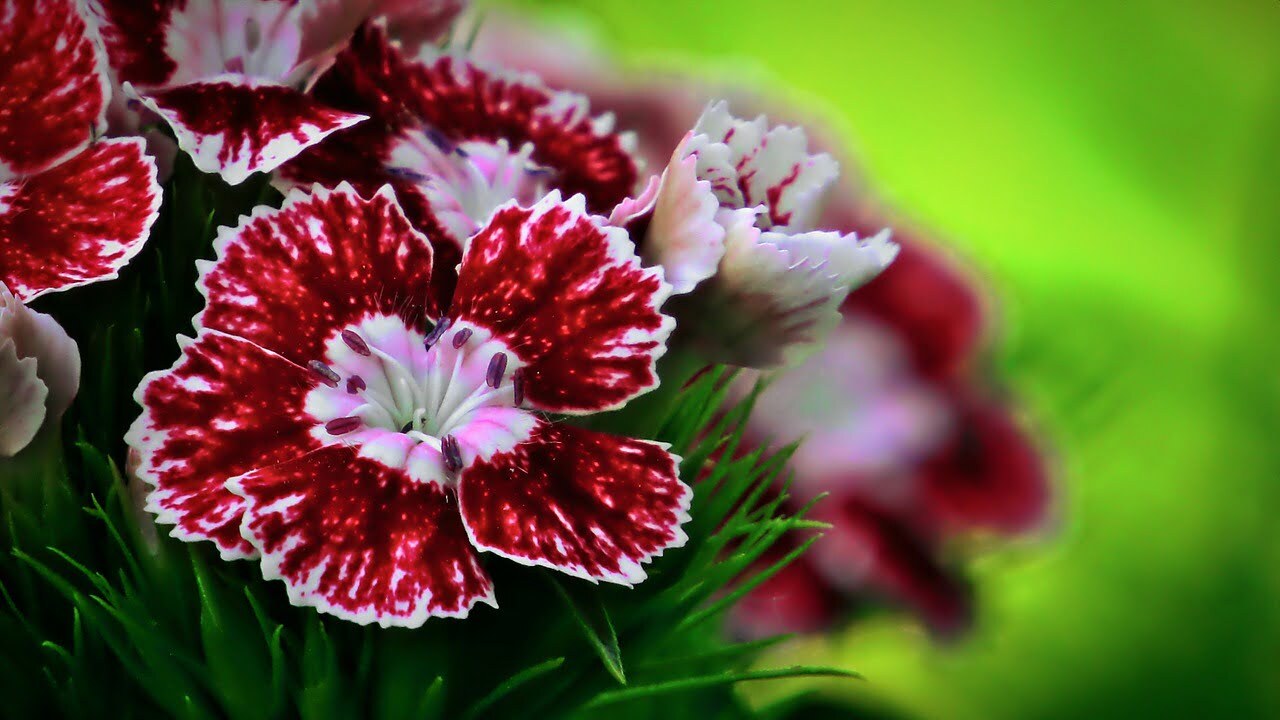
Sweet William and Planting: A Colorful Guide
Table of Contents
- Introduction
- The Beauty of Sweet William
- Choosing the Perfect Spot
- Preparing the Soil
- Sowing Sweet William Seeds
- Caring for Your Blooms
- Thinning and Transplanting
- Pest and Disease Management
- Companion Planting
- Harvesting and Enjoying
- Preserving Sweet William
- Frequently Asked Questions
- Get Access Now
1. Introduction
Welcome to the world of gardening, where vibrant blooms and lush greenery come together to create stunning landscapes. In this article, we’ll delve into the realm of Sweet William, a charming and colorful flower that can elevate your garden’s aesthetics. Whether you’re an experienced gardener or just starting out, this guide will help you plant, nurture, and enjoy Sweet William to the fullest.
2. The Beauty of Sweet William
Sweet William (Dianthus barbatus) is a perennial flower known for its captivating beauty and delightful fragrance. With clusters of blossoms in various shades of pink, red, white, and purple, Sweet William adds a splash of color and elegance to any garden.
H2: Choosing the Perfect Spot
Selecting the right location is crucial for the success of your Sweet William plants. Look for an area that receives partial to full sunlight, as these flowers thrive in bright and sunny conditions. Ensure the soil is well-draining to prevent waterlogging.
H2: Preparing the Soil
Before planting, prepare the soil by loosening it with a garden fork and incorporating organic matter such as compost. This enriches the soil, providing essential nutrients that promote healthy growth. Aim for a slightly alkaline to neutral pH level.
H2: Sowing Sweet William Seeds
Sowing Sweet William from seeds is a rewarding process. Start indoors in late winter or early spring, or sow directly into the garden after the last frost. Plant the seeds at a shallow depth and keep the soil consistently moist until germination occurs.
H2: Caring for Your Blooms
Once your Sweet William seedlings emerge, ensure they receive adequate water. Water at the base of the plants to prevent moisture on the leaves, which can lead to fungal issues. Mulch around the plants to retain soil moisture and suppress weed growth.
H2: Thinning and Transplanting
As your Sweet William seedlings grow, they may become crowded. Thin the seedlings to provide sufficient space for healthy development. Transplant the extras to other areas of the garden or share them with fellow gardeners.
H2: Pest and Disease Management
Monitor your Sweet William for pests such as aphids or slugs. If detected, use natural remedies like neem oil or introduce beneficial insects. To prevent diseases, ensure proper air circulation and avoid overhead watering.
H2: Companion Planting
Enhance the beauty and health of your garden by practicing companion planting with Sweet William. Pair them with plants like lavender, roses, or salvia for a visually appealing and mutually beneficial arrangement.
H2: Harvesting and Enjoying
Sweet William reaches its peak bloom in late spring to early summer. Admire the vibrant blossoms and cut some for indoor arrangements. Their sweet fragrance and striking colors make them a favorite in bouquets.
H2: Preserving Sweet William
Extend your enjoyment of Sweet William by preserving its blooms. Dry the petals to use in potpourri or create homemade sachets. This allows you to cherish the beauty and fragrance of Sweet William year-round.
3. Conclusion
Incorporating Sweet William into your garden brings a touch of timeless elegance and natural charm. With its colorful blooms and captivating scent, this delightful flower is sure to enchant both seasoned gardeners and newcomers alike. By following the steps outlined in this guide, you’ll be well on your way to cultivating a thriving and enchanting Sweet William garden.
4. Frequently Asked Questions
Q1: Can I grow Sweet William in containers?
A: Absolutely! Sweet William can thrive in containers, as long as you provide adequate drainage and regular care.
Q2: How often should I fertilize my Sweet William plants?
A: Fertilize your Sweet William plants with a balanced, slow-release fertilizer in early spring and again in late summer.
Q3: Are Sweet William flowers edible?
A: Yes, Sweet William petals are edible and can be used to garnish salads or desserts. Make sure they are grown without the use of pesticides.
Q4: Can Sweet William attract pollinators to my garden?
A: Yes, the colorful blooms of Sweet William attract bees, butterflies, and other pollinators, making it a beneficial addition to your garden.
Q5: Is Sweet William suitable for cut flower arrangements?
A: Absolutely! Sweet William’s vibrant blooms and sweet fragrance make it a popular choice for creating stunning cut flower arrangements.